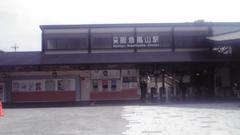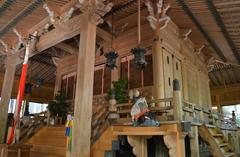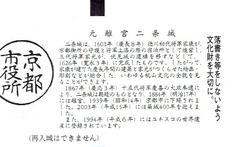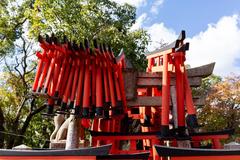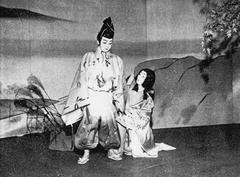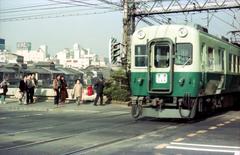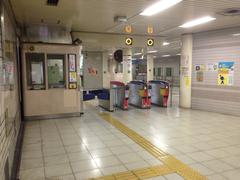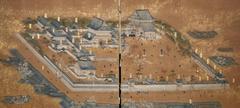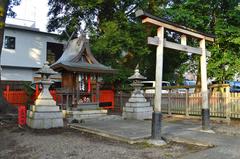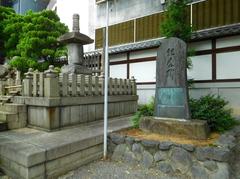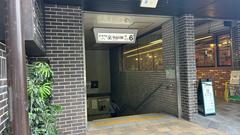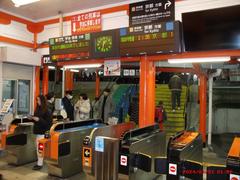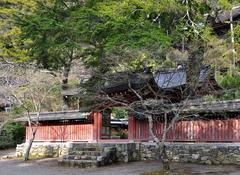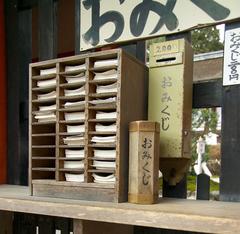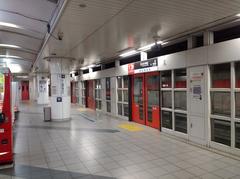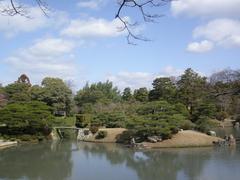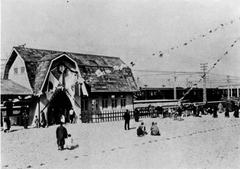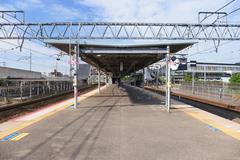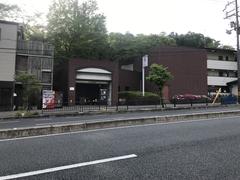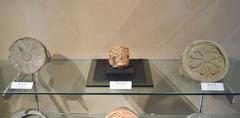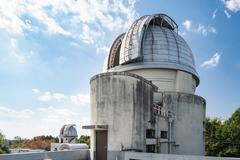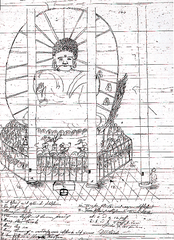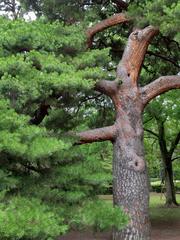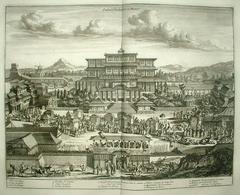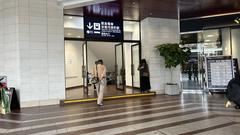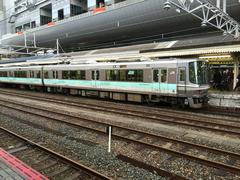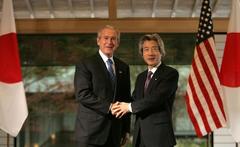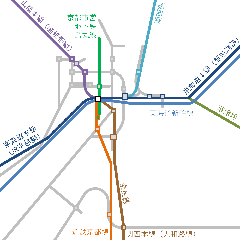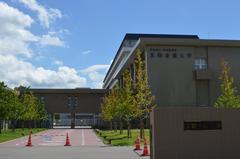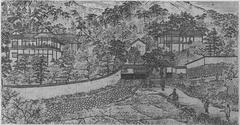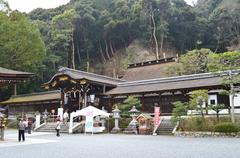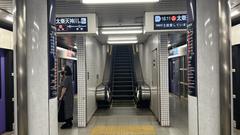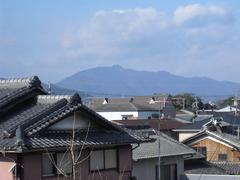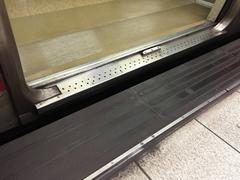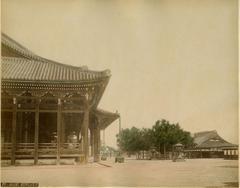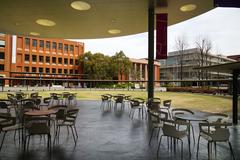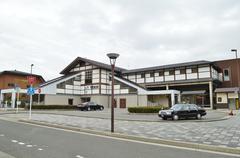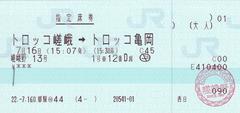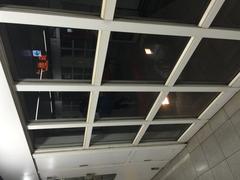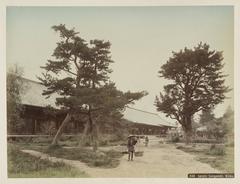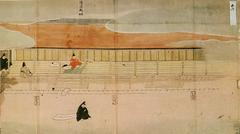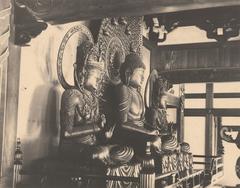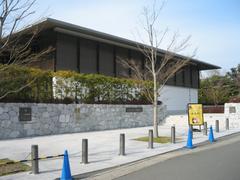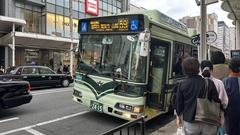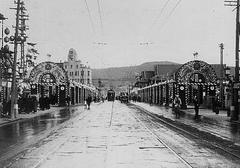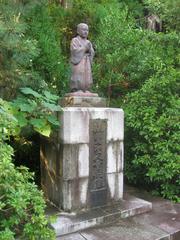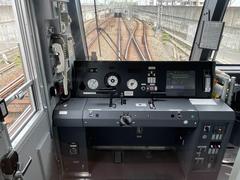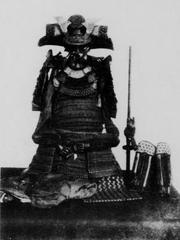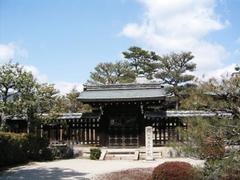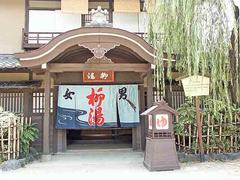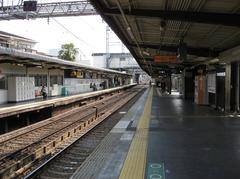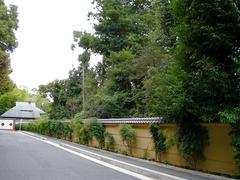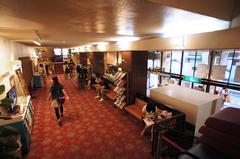Kyoto Research Park Visiting Hours, Tickets, and Historical Sites Guide
Date: 04/07/2025
Introduction to Kyoto Research Park: History and Cultural Significance
Kyoto Research Park (KRP) is a pioneering center for innovation, uniquely situated in the heart of Kyoto, Japan. Established in 1989 as the country’s first privately operated urban science park, KRP serves as a dynamic bridge between Kyoto’s centuries-old cultural heritage and its status as a modern hub for cutting-edge research and industry collaboration. Its strategic location near prominent institutions like Kyoto University and Ritsumeikan University has enabled it to develop into a vibrant ecosystem, home to over 500 companies and approximately 6,000 professionals in fields such as biotechnology, nanotechnology, robotics, artificial intelligence, and renewable energy.
KRP not only provides state-of-the-art laboratories and flexible coworking environments but also fosters public engagement through seminars, exhibitions, and special events. Set on a site rich in historical significance, KRP offers visitors a unique lens through which to experience how Kyoto blends ancient tradition with technological advancement. For an in-depth look at KRP’s origins and evolution, see the KRP Official History and IASP Blog on Kyoto Research Park.
Table of Contents
- Introduction
- Origins and Early Development
- Expansion and Diversification
- Role in Kyoto’s Innovation Ecosystem
- Digital Transformation and Future-Focused Initiatives
- Visiting Kyoto Research Park: Hours, Tickets, and Access
- Experiencing KRP in Context: Kyoto’s Historical Sites
- Frequently Asked Questions (FAQs)
- Summary of Key Facts
- Conclusion and Call to Action
- References
Origins and Early Development
KRP was founded in 1989 as a collaborative initiative between Kyoto Prefecture, Kyoto City, and private sector partners, aiming to catalyze innovation and industrial renewal by leveraging Kyoto’s academic and industrial strengths (KRP Official History). Its central location near leading universities and established firms enabled KRP to attract a diverse tenant base from the start, including companies specializing in high-tech fields such as biotechnology and information technology.
The park’s initial focus was on providing advanced infrastructure for research and development (R&D), supporting both startups and established organizations. This foundation set the stage for KRP’s role as a catalyst for new industry creation in Kyoto.
Expansion and Diversification
Over the past three decades, KRP has expanded in scale and scope, now occupying multiple buildings with a total floor area exceeding 100,000 square meters. As of 2025, it accommodates over 500 organizations and employs about 6,000 professionals (Macnica Case Study). The park’s facilities include Kyoto’s largest laboratory spaces, flexible offices, coworking environments, and specialized research facilities (KaguAruoo Blog).
KRP’s management actively cultivates collaboration through networking events, seminars, and workshops, creating a vibrant environment where startups, established firms, researchers, and investors can connect.
Role in Kyoto’s Innovation Ecosystem
KRP has played a pivotal role in transforming Kyoto from a city known primarily for its traditional crafts into a leading center of technological innovation. The park’s tenants are active in cutting-edge sectors such as regenerative medicine, genomics, artificial intelligence, and the optical industry (KaguAruoo Blog). By facilitating partnerships between academia and industry, KRP has become a model for innovation-driven urban development in Japan (KRP Official History).
Digital Transformation and Future-Focused Initiatives
In response to the rapid evolution of technology, KRP has embraced a comprehensive digital transformation (DX) strategy. This initiative focuses on improving operational efficiency and tenant support through data-driven management, advanced digital tools, and enhanced knowledge-sharing platforms (Macnica Case Study). The goal is to position KRP as a future-ready platform for co-creation and sustainable growth.
Visiting Kyoto Research Park: Hours, Tickets, and Access
Visiting Hours and Ticketing
KRP primarily serves as a business and research hub and is not generally open for casual visits. However, it hosts various public events, exhibitions, and seminars, typically on weekdays, which may be open to the public. Admission to these events is usually free, though some specialized programs may require registration or a participation fee. Always check the KRP official website for the latest event details and access information.
Accessibility and Transportation
Located in Shimogyo Ward, KRP is easily accessible from Kyoto Station via bus, train, or taxi. The closest train station is Tambaguchi Station on the JR San-in Line. For detailed directions, visit the KRP Access page.
Facilities and Visitor Amenities
KRP provides a range of amenities for visitors and event participants, including meeting rooms, conference halls, free Wi-Fi, and business support services. Accommodations ranging from business hotels to traditional inns are available nearby (Live Japan Accommodation Guide).
Experiencing KRP in Context: Kyoto’s Historical Sites
Kyoto Research Park is ideally situated for visitors who want to combine their exploration of innovation with Kyoto’s extraordinary cultural heritage. Landmarks such as Sanjusangendo Temple, Nishi Honganji, and the Kyoto Station area are easily accessible and provide a glimpse into the city’s seamless integration of tradition and modernity.
Frequently Asked Questions (FAQs)
Q: What are KRP’s visiting hours?
A: KRP operates mainly on weekdays, 9:00 AM–6:00 PM. Public event times may vary; consult the official website for specifics.
Q: Is there an entrance fee for KRP?
A: General admission is free. Some special events or exhibitions may require tickets or registration.
Q: How do I get to KRP from Kyoto Station?
A: Take a short bus or taxi ride, or use the JR San-in Line to Tambaguchi Station.
Q: Are guided tours available?
A: Tours are typically arranged for business or academic groups, though some public events may offer guided experiences.
Q: Is KRP accessible for visitors with disabilities?
A: Yes, with ramps, elevators, accessible restrooms, and multilingual signage throughout the park.
Summary of Key Facts
- Founded: 1989, Japan’s first privately operated urban science park
- Location: Shimogyo Ward, Kyoto
- Facilities: 100,000+ square meters, 500+ companies, ~6,000 professionals
- Industries: Biotech, nanotech, AI, robotics, renewable energy
- Amenities: Offices, laboratories, coworking spaces, conference facilities
- Access: Near Kyoto Station, well-served by public transit
- Visitor Opportunities: Public events, seminars, exhibitions (KRP Official)
Conclusion and Call to Action
Kyoto Research Park exemplifies the city’s harmonious blend of tradition and innovation, serving as a leading center for research, business, and cultural exchange. Whether you are a professional, academic, or a culturally curious traveler, KRP offers unique opportunities to witness and participate in Kyoto’s transformation into a global innovation hub. For the latest updates on visiting hours, upcoming events, and travel tips, visit the KRP official website, download the Audiala app for curated insights, and follow us on social media for timely notifications.
References
- Kyoto Research Park: Visiting Hours, Tickets, and Exploring Kyoto’s Innovation Hub, 2023, KRP Official History
- Peers Around the World: Lessons in Growth and Internationalisation at KRP, 2023, IASP Blog
- Kyoto Research Park: A Visitor’s Guide to Architecture, Facilities, Accessibility, and Practical Tips, 2018, Kyoto OBC & EU-Japan Centre
- Kyoto Research Park Overview, 2018, EU-Japan Centre PDF
- Kyoto Research Park: Visiting Hours, Events, and Cultural Attractions, 2023, IASP Blog

